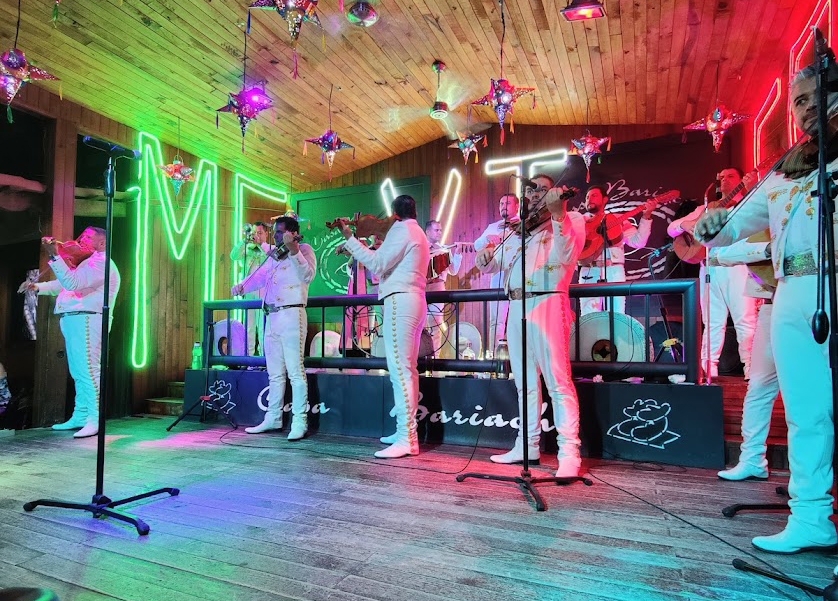1997
Early days
On August 15, 1997, the development of GNOME was announced with the following: “We want to develop a free and complete set of user-friendly applications and desktop tools, similar to CDE and KDE but based entirely on free software.” by Miguel de Icaza & Federico Mena Quintero.








































